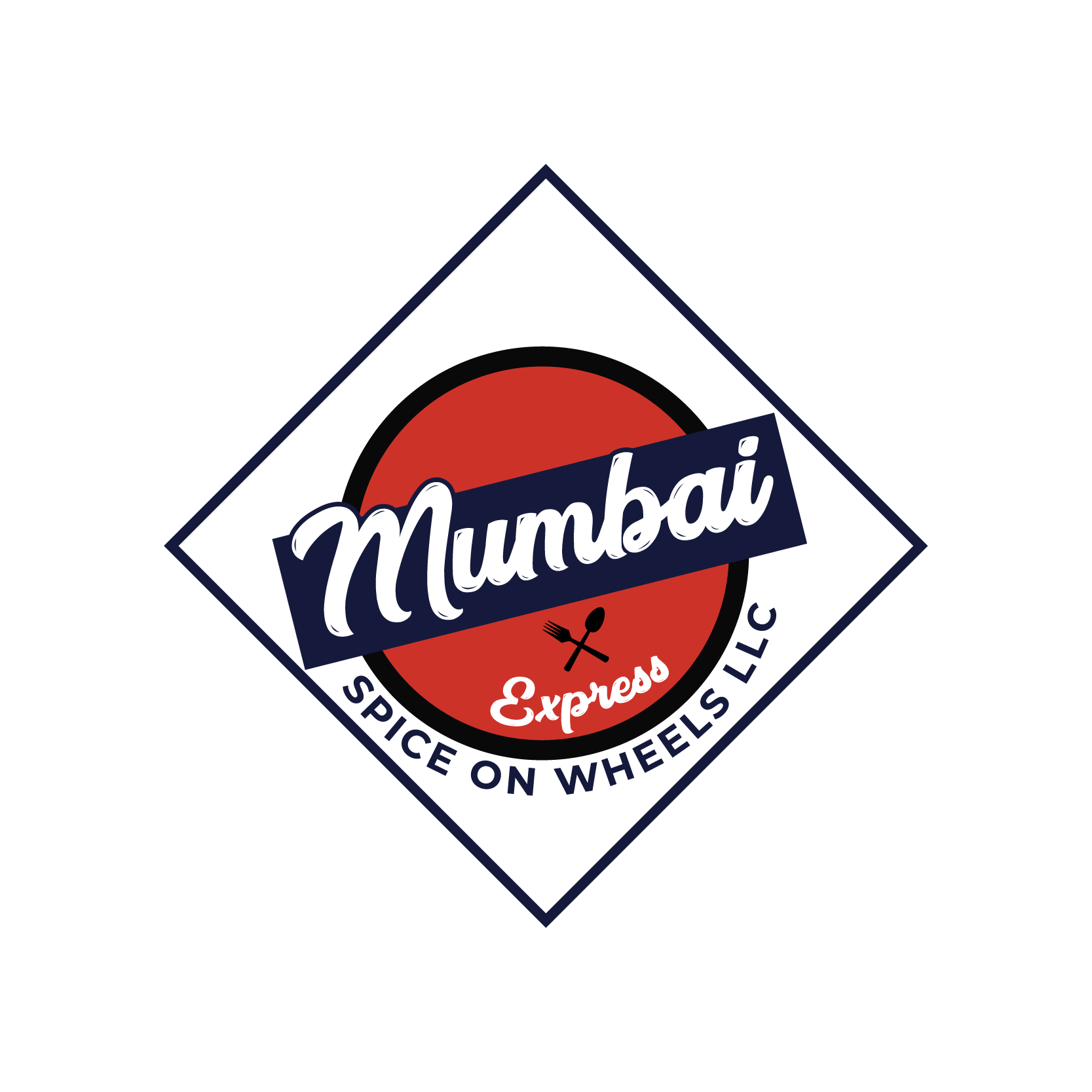When it comes to iconic street food in India, few dishes can match the popularity and taste of Pav Bhaji. This beloved dish, originating from the bustling streets of Mumbai, has won hearts across the country and beyond with its rich flavors and hearty appeal. Join us as we delve into the world of Pav Bhaji, exploring its history, ingredients, preparation, and why it continues to be a favorite among food enthusiasts worldwide.
History and Origins
Pav Bhaji traces its origins to the late 19th century in Mumbai, when it was conceived as a quick and affordable meal option for textile mill workers. The dish evolved from the creative use of leftover vegetables and spices, combined with buttered rolls (pav), making it both satisfying and economical. Over time, it spread beyond Mumbai, becoming a staple in street food culture across India.
Ingredients and Preparation
At its core, Pav Bhaji is a medley of mashed vegetables cooked in a blend of spices, typically including potatoes, tomatoes, peas, onions, and capsicum. The key lies in the unique spice mix, which often includes pav bhaji masala—a blend of spices like cumin, coriander, fennel, cloves, and more. The vegetables are simmered to perfection, mashed, and then generously mixed with butter, giving the dish its rich and creamy texture.
Serving and Enjoyment
One of the joys of Pav Bhaji is the theatrical preparation involved. On the streets of Mumbai, vendors skillfully ladle the piping hot bhaji onto a sizzling griddle, mixing it with chunks of butter and serving it with buttered pav buns that are toasted to perfection. The dish is typically garnished with fresh coriander, a squeeze of lime, and served alongside finely diced onions and a dollop of butter.
Variations and Regional Twists
While the classic Mumbai-style Pav Bhaji remains a favorite, regional variations add delightful twists to the dish. In Pune, for example, the bhaji is often spicier and served with a generous amount of butter. In Delhi, it might be accompanied by pickled green chilies for an extra kick. Each region puts its unique spin on the dish while staying true to its comforting essence.
Pav Bhaji Today: A Global Favorite
In recent years, Pav Bhaji has gained international acclaim, finding its way onto menus in Indian restaurants worldwide. Its appeal lies not only in its robust flavors but also in its versatility—it can be enjoyed as a quick snack, a hearty meal, or even as part of festive celebrations.
Making Pav Bhaji at Home
For those eager to recreate the magic of Pav Bhaji in their own kitchens, several ready-to-use pav bhaji masala mixes are available in stores. However, purists often prefer making their own masala from scratch, ensuring a personalized touch to the dish. Pairing it with freshly baked pav buns or even whole wheat bread adds to the experience.
Conclusion
Pav Bhaji is more than just a dish; it embodies the spirit of Indian street food—accessible, flavorful, and unforgettable. Whether you’re savoring it amidst the hustle and bustle of Mumbai’s streets or preparing it at home with loved ones, Pav Bhaji promises a culinary journey that delights the senses and leaves a lasting impression. So, the next time you crave a taste of India, consider indulging in the irresistible charm of Pav Bhaji—it’s a journey you won’t regret!


